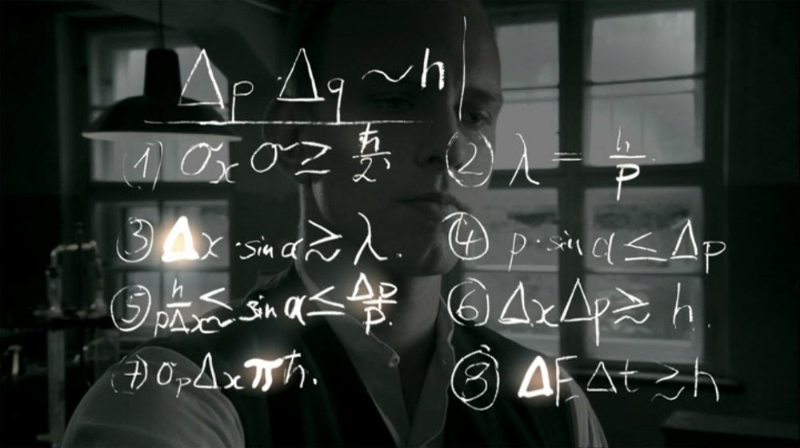Heisenberg’s Uncertainty Principle
Episode #10 of the course “Scientific laws and theories everyone should know”
The broad work of relativity theory, as introduced by Einstein, gave us more information about how the universe worked and served as the foundation for quantum physics. However, it also brought a lot of confusion to the world of theoretical science. The idea that the laws of the universe were flexible in some ways helped scientist Werner Heisenberg make a significant discovery in 1927.
While advancing the Uncertainty Principle, Heisenberg figured out the impossibility of simultaneously knowing with any rigor of perception two of a particle’s properties. As such, you may understand an electron’s location with high certainty, but this is not true for momentum. This idea can also be reversed; if you know the momentum, you can’t know the position.
The uncertainty principle is probably the most well-known and difficult-to-understand idea in contemporary physics. It demonstrates a gray area in nature, an unscalable barrier about what we can ascertain regarding how quantum particles behave, and thus, the tiniest of nature’s layers. For these particles, the most science can aspire to do is figure out the chances of where things will be and how they might behave. This is very different from the clockwork universe as suggested by Isaac Newton, which theorized that everything in the universe is subject to clear rules—the theory of uncertainty maintains a gray area in the rules for quantum physics.
After Heisenberg, Niels Bohr had a revelation that assists in explaining uncertainty theory. Bohr observed that a particle and a wave were both qualities of an electron. This concept is termed wave-particle duality and is a contemporary cornerstone of quantum physics. So when calculating the position of an electron, we must treat it as a particle at a certain moment in space, but the wavelength remains uncertain. However, when calculating momentum, we must consider it as a wave; this means that we can understand the amplitude but not the position of the wavelength.
Share with friends

